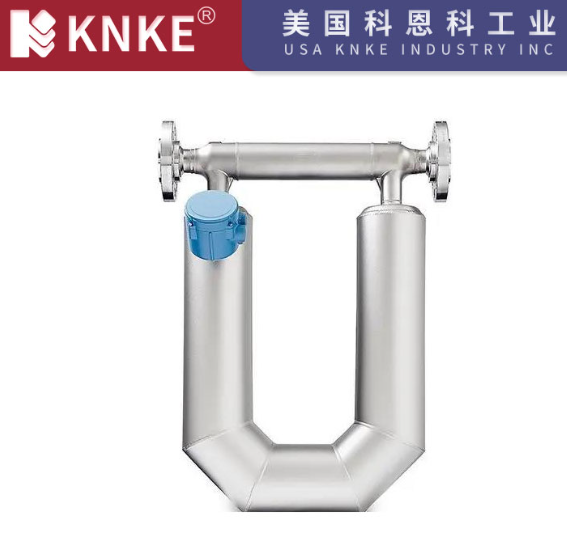Common Causes of Mass Flow Meter Failures
Mass flow meters play a vital role in industrial applications. However, several factors can lead to malfunctions, affecting measurement accuracy and stability. By understanding the common causes of mass flow meter failures, you can identify the issues more easily and take appropriate corrective actions.

1. Installation Issues
- Incorrect Installation Location: Installing a mass flow meter too close to the pump outlet can subject it to pump shock. This exposure can lead to inaccurate measurements. To avoid this, carefully select the installation location and ensure the meter isn’t exposed to excessive fluid shock.
- Insufficient Support Strength: If the support structure isn’t strong enough, or the flange connections are improperly made, stress signals may develop, which can affect sensor performance. To prevent this, ensure the flow meter is securely supported and all connections are stable.
- Cable Interference: Electromagnetic interference from nearby sources can disrupt signal transmission, leading to measurement inaccuracies. Therefore, install cables away from high-current or high-frequency electromagnetic sources to minimize this risk.
2. Improper Usage
- Fluid Medium Mismatch: Using the wrong fluid for measurement will yield inaccurate readings. Always choose a mass flow meter that is compatible with the fluid’s characteristics, particularly in environments involving high temperatures, high pressures, or corrosive substances.
- Incorrect Reading: Human error is another common cause of inaccurate measurements. It’s important that operators are well-trained to read the flow meter correctly, which will prevent errors from improper reading techniques.
3. Hardware Failures
- Sensor Malfunction: Damage to the sensor, such as a fault in the circuit or impaired sensing elements, can cause the flow meter to stop working. Regular checks of the sensor’s condition are crucial. If damage is detected, promptly replace or repair the sensor to maintain measurement accuracy.
- Power Supply Issues: Unstable or faulty power supply can cause the flow meter to malfunction. To prevent this, ensure that the power supply remains stable and regularly inspect the system for any faults that could affect performance.
- Integrator Problems: If the integrator fails to display values or doesn’t increment properly, the issue might lie in incorrect wiring or a hardware malfunction. Ensure that the connections to the integrator are secure, and conduct regular checks to avoid operational issues.
4. Environmental and Fluid Property Changes
- Temperature and Pressure Fluctuations: Variations in temperature and pressure can affect the flow meter’s performance. Calibration is essential to ensure accuracy under different operating conditions. Make sure to adjust the calibration settings according to the prevailing conditions to keep measurements reliable.
- Fluid Property Changes: Changes in fluid properties—such as gas entrainment, vaporization, or multiphase flow—can negatively affect measurement accuracy. Selecting a mass flow meter suited to the specific properties of the fluid being measured will ensure more reliable readings. Additionally, regularly maintain and calibrate the flow meter to adapt to changes in fluid characteristics.
5. Mechanical Failures
- Physical Wear of Components: Parts such as rotors or blades in the mass flow meter can wear out over time, especially with prolonged use or external damage. Regularly inspect these components to ensure they are free from damage and functioning properly.
- Gear Wear and Bearing Damage: Wear on gears or bearings can lead to inaccurate readings or complete failure of the flow meter. If you notice any unusual behavior, replace worn components promptly to ensure proper operation.
6. Electromagnetic Interference
- Electromagnetic Interference Sources: Strong electromagnetic fields in proximity to the flow meter can interfere with its signal, leading to inaccurate readings. To minimize interference, avoid installing the flow meter near sources of high electromagnetic activity. Additionally, implementing shielding measures can help protect the flow meter from such interference.
Mass flow meters can fail due to a variety of factors. By understanding the common causes of failure, you can take steps to prevent these issues from affecting your measurements. Regular maintenance and timely troubleshooting are key to ensuring that your mass flow meter remains accurate and reliable.
